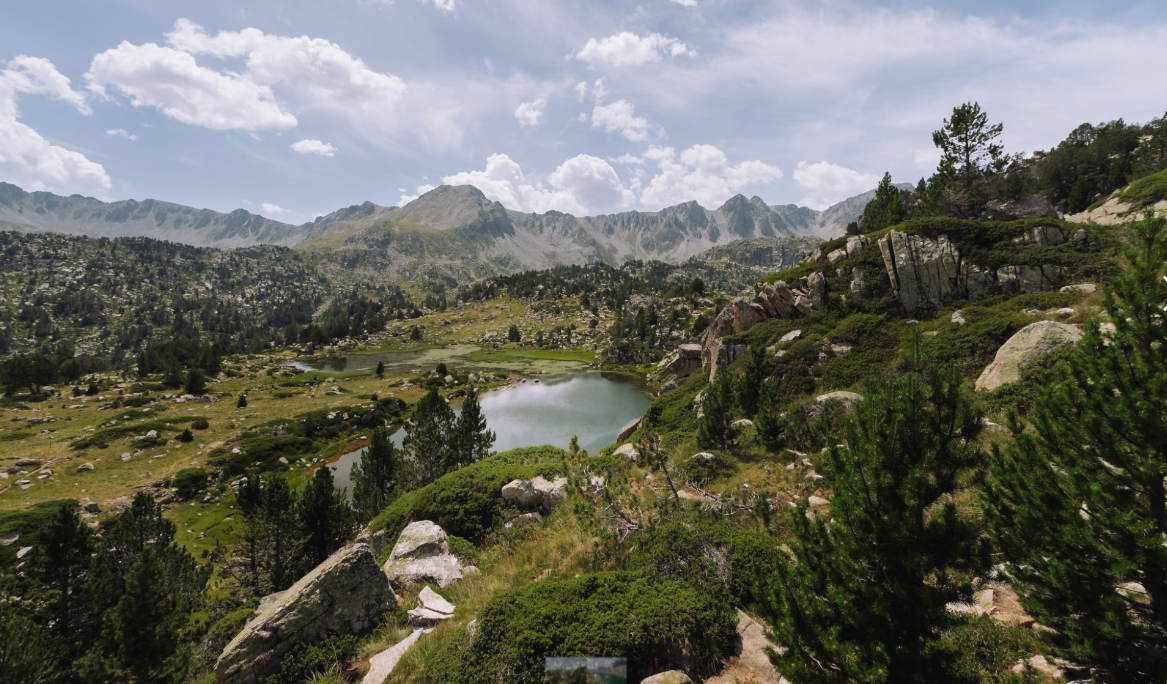Agriculture’s commitment to biodiversity is the guiding thread of FRAMEwork, an H2020 scientific research project in which CREAF provides specialization in citizen science and data standardization. The aim of the proposal is to innovate in the agricultural sector in Europe.
Research institutes from Germany, Austria, Denmark, Spain, Estonia, France, Great Britain, Holland, Luxembourg and the Czech Republic are involved. FRAMEwork is part of the initiative of successful applied agriculture clusters in the United Kingdom, from which groups of farmers specializing in different farming systems in Europe are created, linked to a citizen observatory and an information centre. In this way, we want to facilitate the collection and exchange of quality and competent information on biodiversity and agricultural practice.
Its scientific contribution is aimed at obtaining the following results:
- Understand the factors that drive biodiversity change in the agricultural environment.
- Select the best biodiversity-sensitive management practices by farmers, based on their local needs.
- Obtain and validate methods of selection, monitoring and evaluation of biodiversity.
- Have public and private incentives to promote agriculture as a public service.
“From CREAF we guarantee that the information generated responds to a transparent format, is well documented, accessible, is interoperable and easy to use and can be reused”, explains researcher Joan Masó, who is involved in the initiative together with researchers Cristina Domingo and Alaitz Zabala. The specialty in data interoperability with citizen science is linked to the one that Joan Masó has been carrying out for the Open Geospatial Consortium for about 15 years, to guarantee the standards that allow sharing and combining data.
How biodiversity evolves
“The final goal is to find easy ways to measure the evolution of biodiversity”, says Joan Masó. “From CREAF we have worked with indicators of Sustainable Development Goals and biodiversity for the ECOPotential project and, therefore, this is a precedent that will help us.”
The project also wants to increase awareness and understanding of biodiversity among the various agents involved. In addition, it will allow the economic and environmental performance to be evaluated, providing a permanent digital monitoring tool at the citizen observatory and the information centre.
FRAMEwork is innovative in the way it applies European Union regulations on ethics, data protection and gender.







